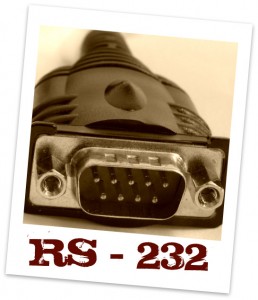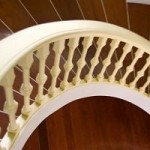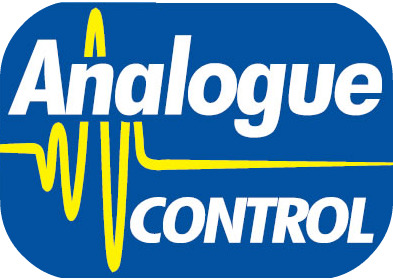Microphonics™ – Thats not a word!
Microphonics™ isn’t a word is it? It is now!
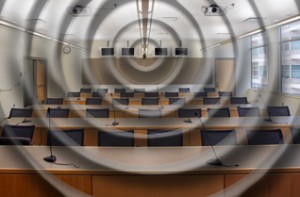
Microphonics
As those of you who know me will be aware I am a big fan of Automation. The use of sensors in control systems is the clever and progressive way forward.
Putting light switches when they are not the best solution is a waste of money, time and energy. However specifiers and installers are still scared of occupancy sensors.
They are scared of the call-out when Mr Client has been plunged into darkness while reading his paper in “The Library”.
This has been a real problem and often the only way to counter the problem is to up the time delay off to a sufficient level that we are confident that a traditional good quality PIR occupancy will re-trigger the time delay off.
This of course is not an ideal solution as we end up having lights and fans on burning energy for longer than we should have.
Some companies looked at gate sensors systems by which a control system could monitor a person entering and leaving a space and combine these with a PIR to get a more accurate result. These systems have a number of limitations including the problems cause by multiple users and high cost due to the requirement for multiple sensors.
Sensor Switch have produced a dual technology sensor which combines a PIR detector with a high gain microphone and some clever audio processing to achieve a good result.
Motion is first detected by the PIR and the the microphone is switched on to listen for continued occupancy.
The system filters out repetitive noises such as plumbing and HVAC sounds to allow the sensor just to trigger from sudden noise changes such as created by a user.
I will be very interested to find out how well the unit deals with background music!


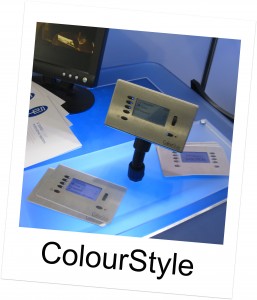
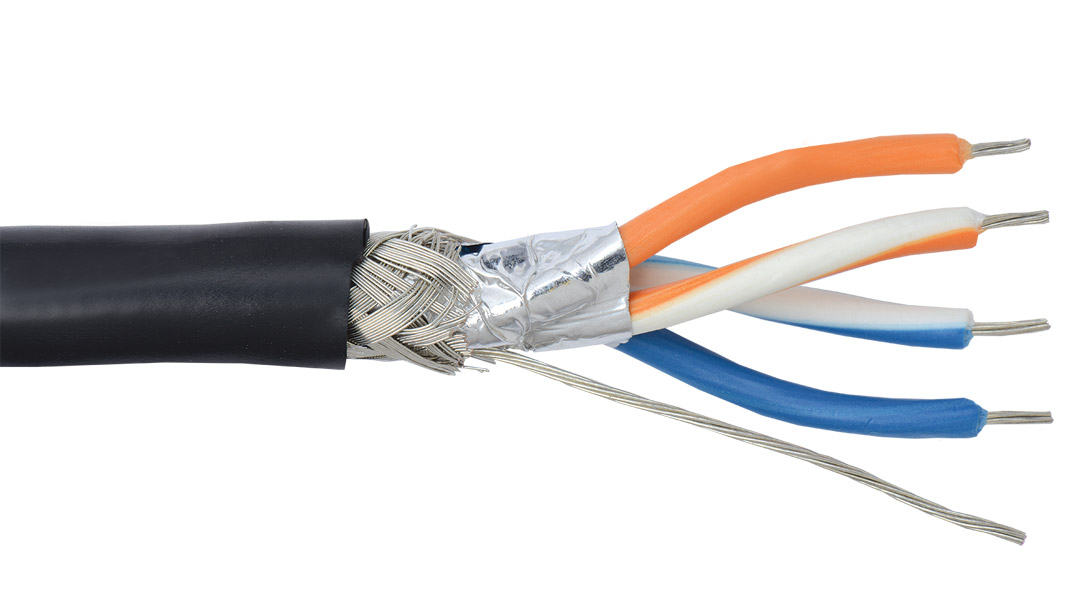

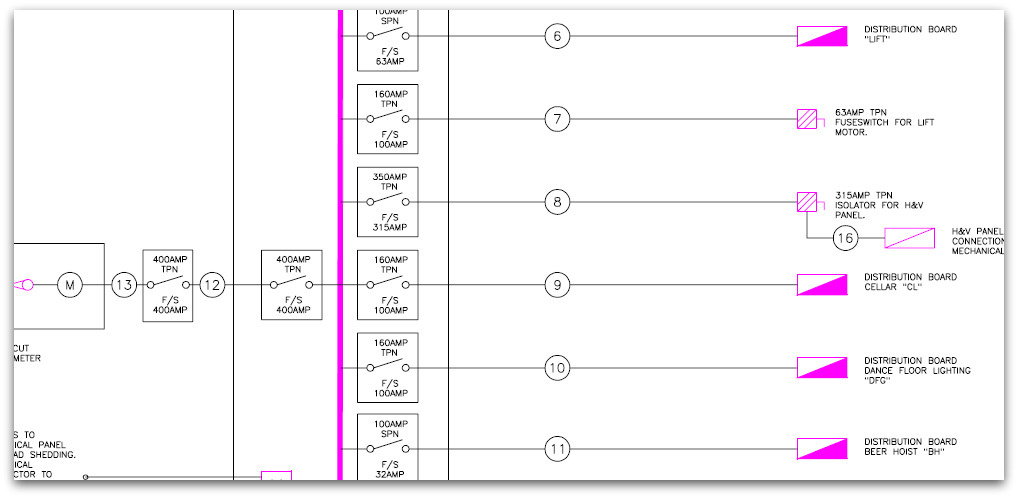
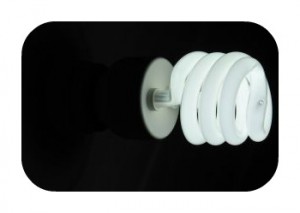
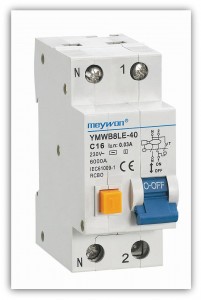 The recent introduction of the 17th edition regulations means a number of changes in the protection of circuits.
The recent introduction of the 17th edition regulations means a number of changes in the protection of circuits.